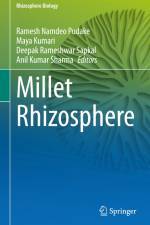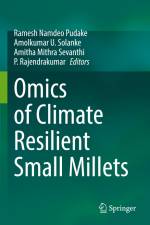von Maya Kumari, Anil K. Sharma, Binod Bihari Sahu & usw.
166,00 €
This book presents a timely review of the latest advances in rhizosphere biology, which have been facilitated by the application of omics tools. It includes chapters on the use of various omics tools in rhizosphere biology, focusing on understanding plant and soil microbe interactions. The role of proteomics and metagenomics in research on symbiotic association is also discussed in detail. The book also includes chapters on the use of omics tools for the isolation of functional biomolecules from rhizospheric microorganisms. The book¿s respective sections describe and provide detailed information on important omics tools, such as genomics, transcriptomics, proteomics, metabolomics and meta-epigenomics. In turn, the book promotes and describes the combined use of plant biology, microbial ecology, and soil sciences to design new research strategies and innovative methods in soil biology. Lastly, it highlights the considerable potential of the rhizosphere in terms of crop productivity, bioremediation, ecological engineering, plant nutrition and health, as well as plant adaptation to stress conditions.This book offers both a practical guide and reference source for all scientists working in soil biology, plant pathology, etc. It will also benefit students studying soil microbiology, and researchers studying rhizosphere structure.




